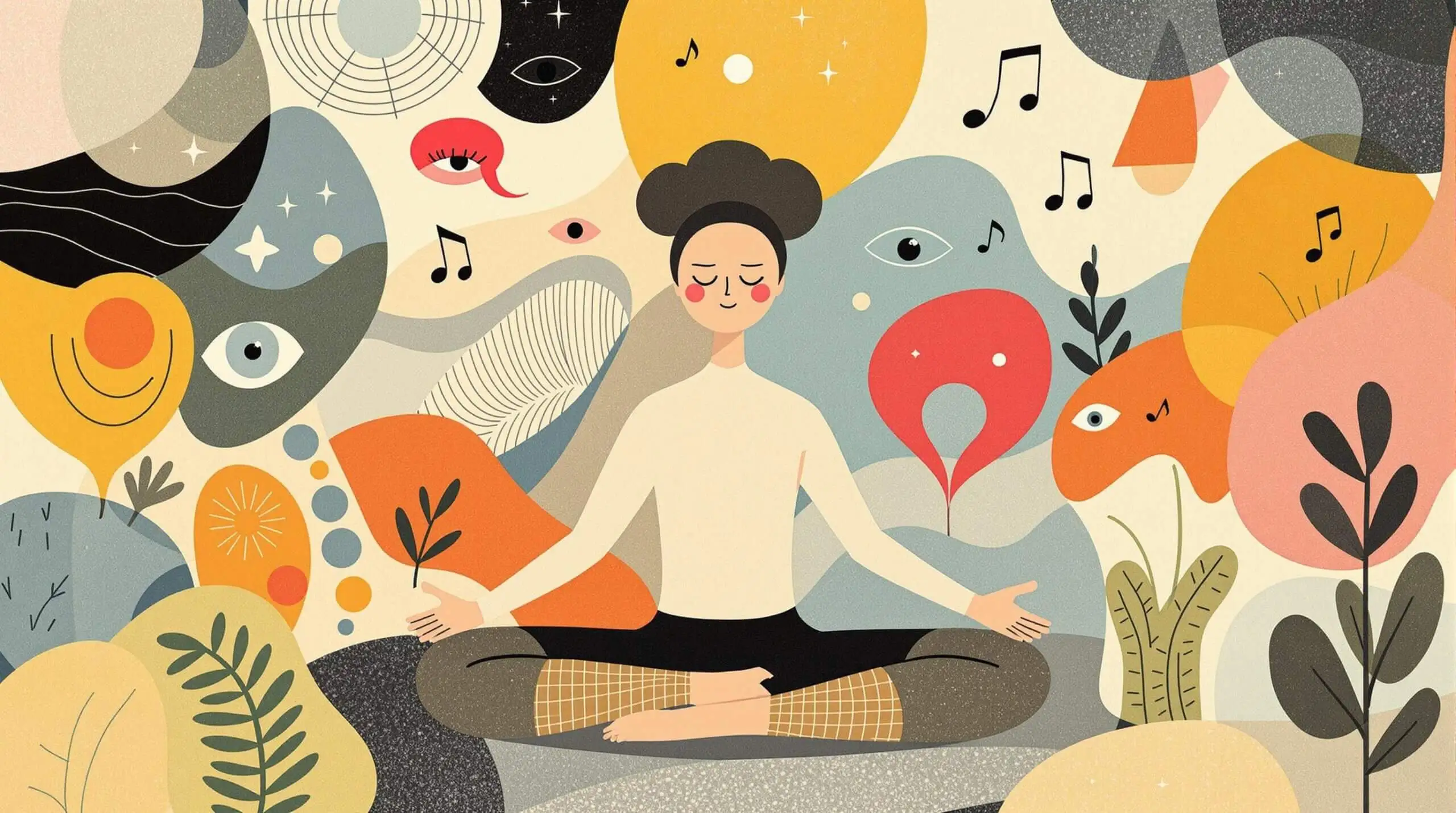The Longevity of Balance: Vestibular Health Matters
Explore the importance of maintaining vestibular health for optimal balance and longevity.

Understanding Vestibular Health and Its Impact on Longevity
What is Vestibular Health?
Your balance system – the vestibular system – is like an internal GPS that keeps you upright and stable. Located in your inner ear, this remarkable bit of biological engineering consists of fluid-filled canals and tiny crystals that detect head movement and position. It’s as crucial to your daily life as your heart or lungs, yet most people only notice it when something goes wrong.
The Science Behind Balance and Aging
As we age, our vestibular system naturally deteriorates. Research from Johns Hopkins University shows that by age 70, 65% of people experience some form of vestibular dysfunction. This decline isn’t just about feeling wobbly – it’s directly linked to falls, which are a leading cause of injury-related deaths in older adults. The good news? This system can be maintained and even improved with the right approach.
Origins and Evolution of Vestibular Research
Scientists first mapped the vestibular system in the 1800s, but its connection to longevity has only recently become clear. Modern research shows that good balance correlates strongly with increased lifespan. A 2019 study in the British Journal of Sports Medicine found that people who couldn’t stand on one leg for 10 seconds had nearly twice the risk of death within the next decade.
Challenges and Common Misconceptions
Many people assume balance problems are an inevitable part of aging – they’re not. Another myth is that once balance declines, it can’t improve. Actually, the vestibular system responds well to targeted exercise and rehabilitation, even in older adults. The key is identifying problems early and taking action.
Statistics and Research Data
The numbers paint a clear picture: falls affect one in four Americans aged 65+, resulting in 3 million emergency department visits annually. Studies show that proper vestibular health can reduce fall risk by up to 50%. Research from the National Institute on Aging indicates that balance training can add 2-3 years to healthy life expectancy.

The Current State of Vestibular Health Science
Modern Assessment Methods
Today’s vestibular health evaluations use sophisticated technology. Video head impulse tests (vHIT) can detect microscopic eye movements that signal vestibular problems. Virtual reality systems now offer precise balance assessments and training programs. These tools help healthcare providers spot issues before they lead to falls.
The Role of Exercise in Vestibular Health
Exercise isn’t just about muscles and cardiovascular health – it’s crucial for balance. Specific activities like tai chi and yoga show remarkable benefits for vestibular function. Studies demonstrate that regular balance training can improve vestibular response by up to 60% in just 12 weeks.
Deep Dive: Vestibular Health Mechanisms and Longevity
The Neural Connection
Your vestibular system is intimately connected to your brain’s cognitive centers. Recent research shows that good balance correlates with better memory and spatial awareness. This connection might explain why vestibular exercise can improve both physical stability and mental sharpness.
Hormonal Influences
Balance isn’t just about the inner ear. Hormones play a crucial role too. Studies show that estrogen affects vestibular function, which partly explains why post-menopausal women experience more balance issues. Understanding these connections helps create better treatment strategies.
The Impact of Lifestyle Factors
Diet, sleep, and stress all affect vestibular health. Vitamin D deficiency, common in older adults, can worsen balance problems. Poor sleep disrupts the vestibular system’s natural recalibration process. Chronic stress can trigger dizziness and instability through various physiological pathways.
Practical Steps for Better Vestibular Health
- Practice daily balance exercises like single-leg stands
- Maintain regular physical activity, especially activities that challenge balance
- Get adequate vitamin D through sunlight or supplements
- Keep your vision prescription up to date
- Stay hydrated – dehydration can affect inner ear function
- Limit alcohol consumption
- Practice good sleep hygiene
- Monitor medications that might affect balance
- Regular hearing and balance checkups
- Maintain a clutter-free living space to prevent falls
Specific Exercises for Vestibular Health
- Gaze stabilization exercises
- Standing heel-to-toe walks
- Single-leg stance with eye movements
- Gentle head rotation exercises
- Modified yoga poses
- Tai chi movements
- Balance board exercises
- Walking on different surfaces
- Dynamic weight shifts
- Coordination drills
Looking Forward: Innovations in Vestibular Health
Emerging Technologies
New technologies are revolutionizing vestibular health care. Wearable devices now track balance in real-time, alerting users to potential problems. Home-based VR systems make specialized balance training accessible to more people. These innovations could dramatically reduce fall risks in aging populations.
Promising Research Directions
Scientists are investigating genetic factors in vestibular health, which could lead to personalized treatments. Stem cell research shows potential for repairing damaged vestibular tissue. Studies on brain plasticity suggest new approaches to vestibular rehabilitation.
Daily Habits for Long-term Vestibular Health
- Regular cardiovascular exercise
- Balance-challenging activities
- Proper nutrition with adequate minerals
- Good posture maintenance
- Eye exercise routines
- Stress management practices
- Regular movement throughout the day
- Proper hydration
- Vision care
- Regular medical check-ups
Vestibular health is a cornerstone of healthy aging and longevity. The research is clear: maintaining good balance reduces fall risk, supports cognitive function, and adds quality years to life. By incorporating balance training into daily routines and staying aware of vestibular health, we can significantly improve our chances of aging well. The key is starting early and maintaining consistent habits – your future self will thank you for it.